#Nelson's Column
Text

The Lion in Winter - Trafalgar Square, London
#Trafalgar Square#Nelson's Column#London#Horatio Nelson#bronze lions#Edwin Landseer#naval victory#British history
3K notes
·
View notes
Text
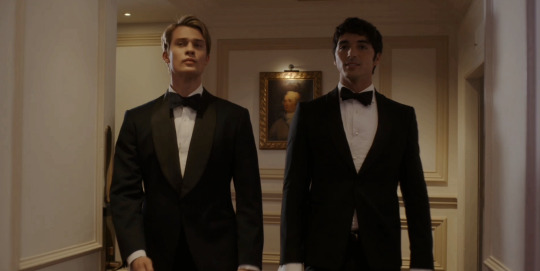
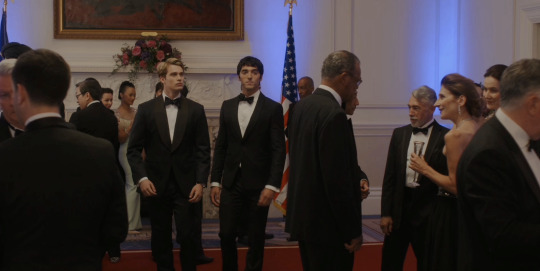


#mozart and movies#rwrb#rwrb movie#big ben#nelson's column#stonehenge#red white and royal blue#nicholas galitzine#taylor zakhar perez#music in movies#classical music in movies#classical movies#piano sonata no. 11 in A Major#wolfgang amadeus mozart#red white and royal blue movie#alex claremont diaz#henry fox mountchristen windsor#state dinner
20 notes
·
View notes
Text
The view from the National Gallery, London, across Trafalgar Square, past Nelson's Column towards a distant Big Ben.

3 notes
·
View notes
Text

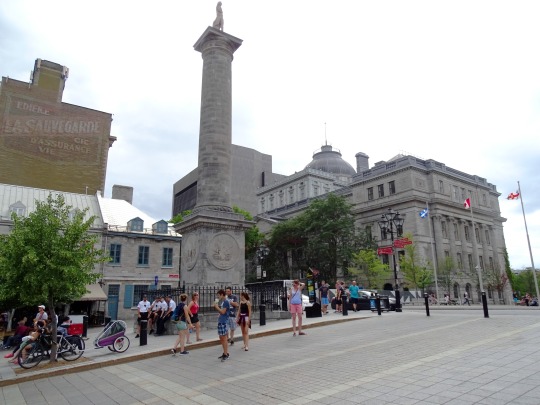
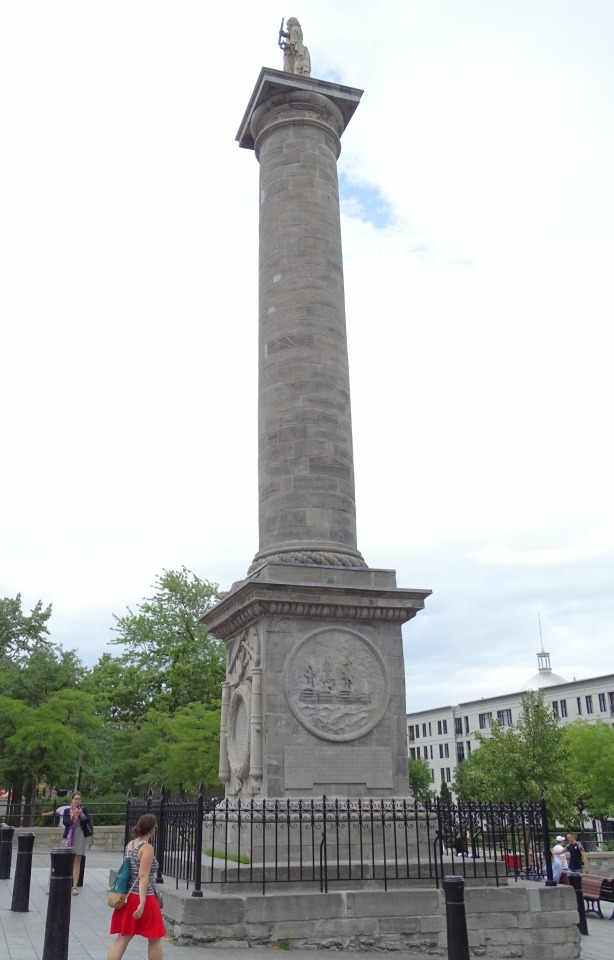

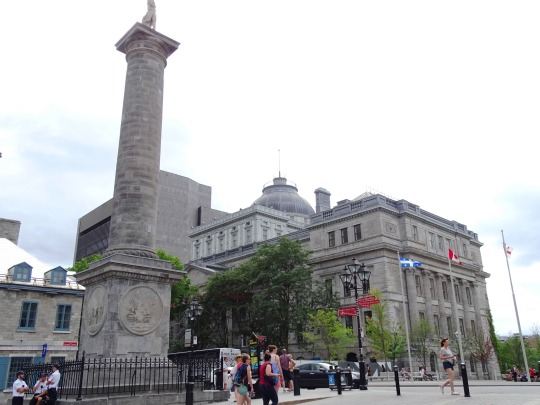
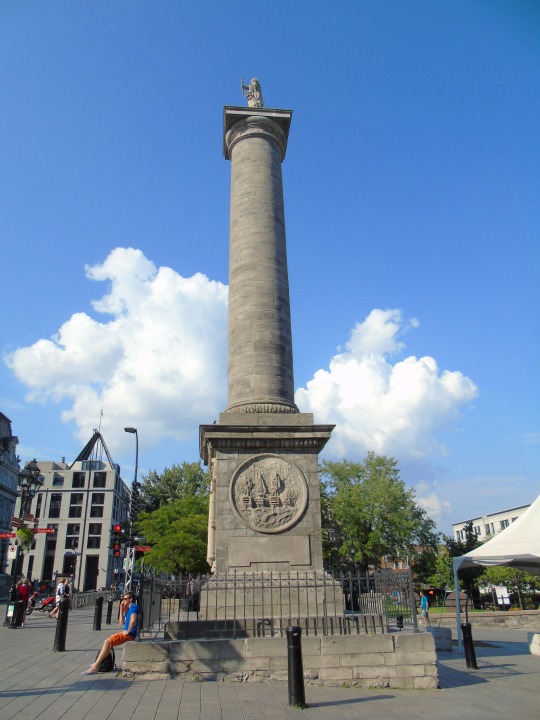
Admiral Horatio Lord Nelson received a state funeral and was interred in St Paul’s Cathedral on January 9, 1806.
#Admiral Horatio Lord Nelson#state funeral#9 January 1806#anniversary#Admiral Horatio Nelson by Robert Mitchell#Nelson's Column#Montréal#Québec#Place Jacques-Cartier#old town#architecture#Canada#vacation#summer 2018#2015#original photography#British history#public art#sculpture#City Hall#tourist attraction#landmark#cityscape#travel
2 notes
·
View notes
Text
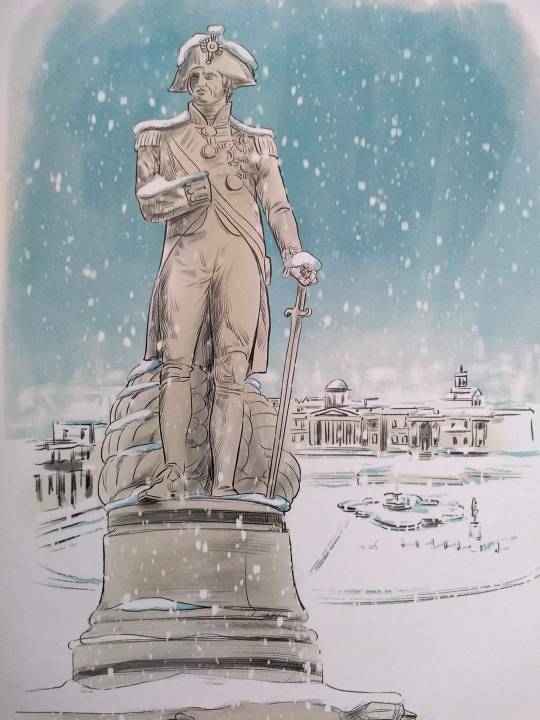
Winter in Trafalgar Square, by The Nelson Society UK.
#horatio nelson#trafalgar square#nelson's column#winter#snow#christmas#royal navy#london#the nelson society
18 notes
·
View notes
Photo

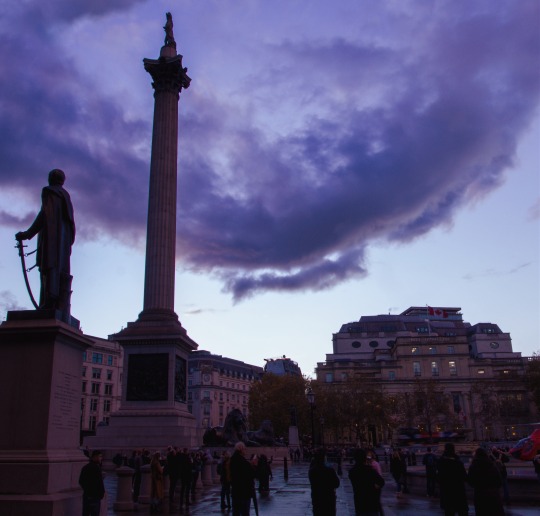
Trafalgar Square
#trafalgar square#nelson's column#evening#sunset#twighlight#sky#clouds#light#photo#photography#time-lapse#timelapse#timelapse still#london#Westminster#england#uk
13 notes
·
View notes
Text


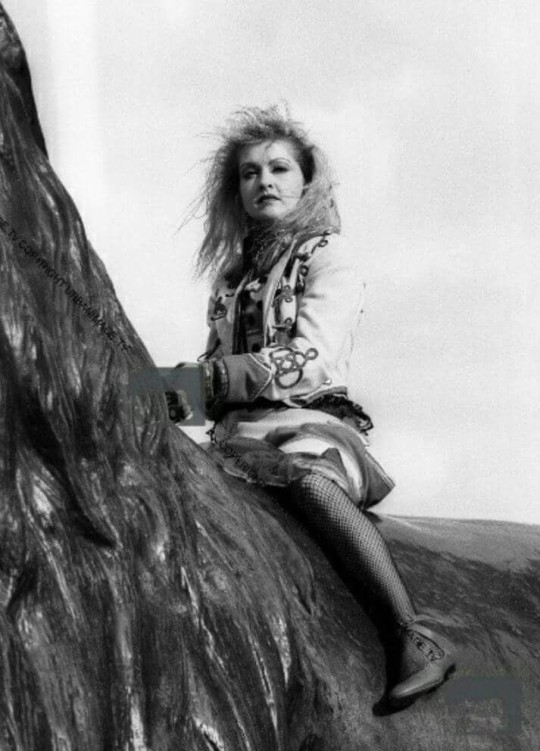
Cyndi Lauper with one of the Lanseer Lion Statues surrounding Nelson's Column in Trafalgar Square, London sometime in the 1980s.
#cyndi lauper#london uk#lanseer lion statues#lion statue#lion#lions#nelson's column#trafalgar square#uk#1980s#black and white photography#couldn't find info on photographer
4 notes
·
View notes
Photo

“Attempt By Mob To Make Raid On Royal Palace,” Kingston Whig-Standard. October 31, 1932. Page 1.
----
Police Able to Hold Off Thousands of Unemployed in London
----
AT TRAFALGAR SQUARE
----
Dozen Injured as Orators Address Crowd From Base Nelson Column
----
LONDON, Oct 31— Mounted and foot police held off thousands of unemployed and “hunger marchers" from the King’s Palace and from official residences on Downing Street yesterday after a disturbance at Trafalgar Square.
Booed by unemployed and sympathisers, the police were forced to retreat at least once as the mob attempted to swarm streets leading to Buckingham Palace and Westminster. They were finally forced back into Trafalgar Square, where communistic and unemployed leaders were condemning the Government.
Today's casualty list hardly exceeded ten or twelve persons injured, although ambulances were kept busy for a while, as compared with the sixty or seventy Injured when “hunger marchers" from all parts of the country gathered on Thursday in Hyde Park.
The unemployed will attempt to present a petition before the House of Commons.
Thousand gathered for the mass meeting in Trafalgar Square, stormed entrances to the Mall (leading to Buckingham Palace at its west end) and Whitehall, which street is flanked by Government offices.
Led by a dark, bareheaded man screaming “Smash the Palace windows!" the crowd attempted first to rush Admiralty Arch, which commands the Mall, but failed when the massive iron gates were closed against them. They were pushed back by a police rush.
Whitehall Protected
A crowd of many thousands then poured into Whitehall but were met by a stonewall of “bobbies” at the Honrse Guards' Parade (an open space off Whitehall, well known as the scene of the daily guard relief ceremony.) They were driven back.
Fighting broke out just as speech-making from the pedestal of massive Nelson's Column in Trafalgar Square had ended. The crowd commandeered a taxi in an attempt to force through police lines. With a mighty surge, a company of bluecoats was driven back but only for a moment. Most of the crowd scurried to safety and the street was cleared within a few minutes, when the "bobbies" charged.
Then rioters closed in again on the isolated police squads of about thirty, who drew batons, appearing engaged in an even fight. Mounted police charged out from under Admiralty Arch and broke up the disturbance. At another place, a policeman was pulled from his horse, which kicked him while he was on the ground and he was removed to an ambulance.
Stones Are Thrown
Some atones and sticks were thrown and windows at the head of Northumberland Avenue (a wide thoroughfare descending to the Thames Embankment) were broken. Iron grills in front of the Hotel Victoria were closed and a crowd stood Jjeering and booing liveried servants behind them.
A large automobile, carrying on elderly man and woman, forced its way to the hotel entrance and a mob turned on it, threatening the occupants, who were then escorted by a detail of police, who broke through the mob.
It was not until well after dark that the normal appearance was restored to Trafalgar Square vicinity and traffic was able to make way. By that time the unemployed, escorted by mounted police, had drawn off to the music of fifes and pipes.
#london#trafalgar square#buckingham palace#hunger march#unemployed demonstration#unemployed protest#unemployed demands#unemployed association#storming the palace#unemployed#mass protest#street fighting#mounted police#bobbies#nelson's column#the great depression#british history
1 note
·
View note
Text
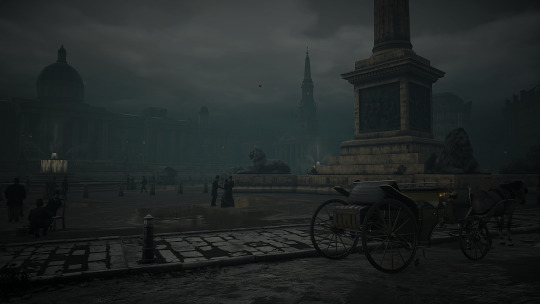
#assassin's creed syndicate#assassin's creed#ac syndicate#london#trafalgar square#national gallery#st martin-in-the-fields#nelson's column
3 notes
·
View notes
Text

Steven Shearer
Lion, 2015
Varied edition 2/2
Ink and acrylic on poly canvas
93 x 83 7/8 inches
#steven shearer#stevenshearer#Lion#ink and acrylic on canvas#print on painted canvas#Leif Garrett#Trafalgar Square#Edwin Landseer#Nelson's Column#Sculpted
0 notes
Text
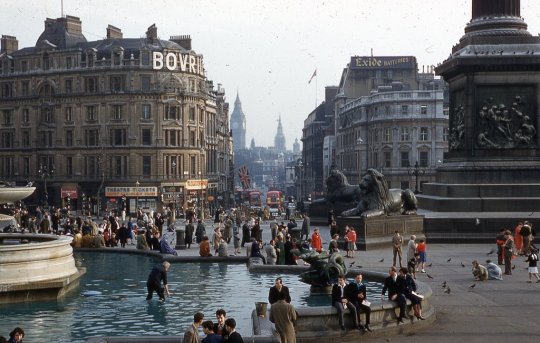
Trafalgar Square's fountain hums with life in the summer of 1953
#Trafalgar Square#Old London#Nelson's Column#happy crowd#post-war#fountain#urban landscape#architecture#1953
111 notes
·
View notes
Text


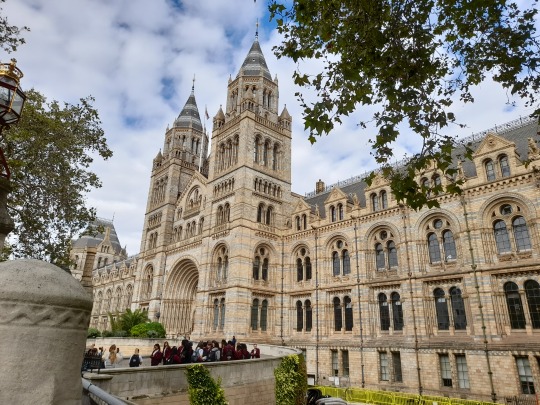

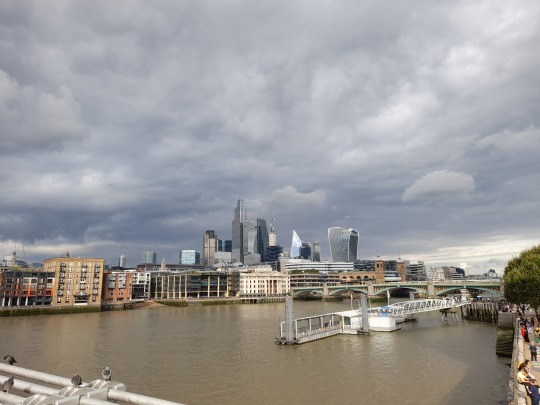

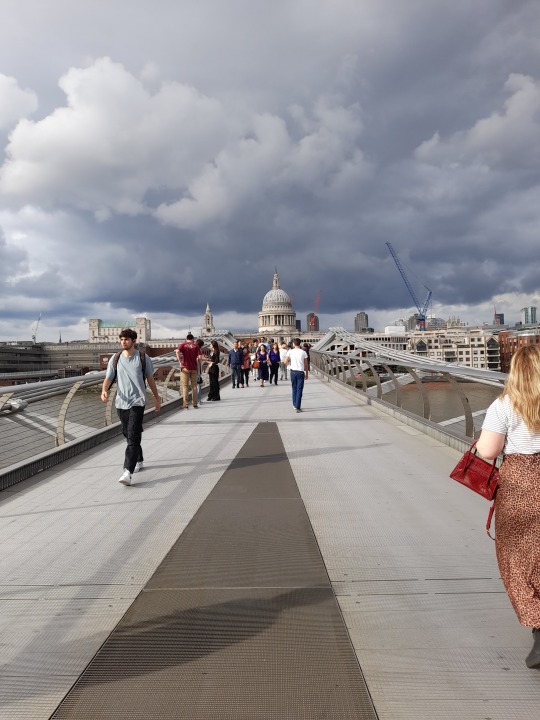
Sights. Southbank. (London 2023)
#travel#london#england#no filter#trafalgar square#nelson's column#chinatown#london chinatown#chinatown gate#natural history museum#st. paul's cathedral#city of london#skyline#southbank#tate modern#millenium bridge
1 note
·
View note
Text
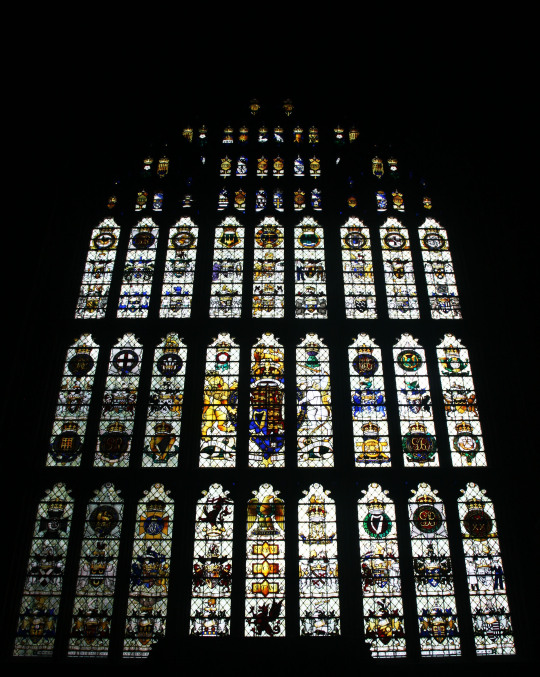
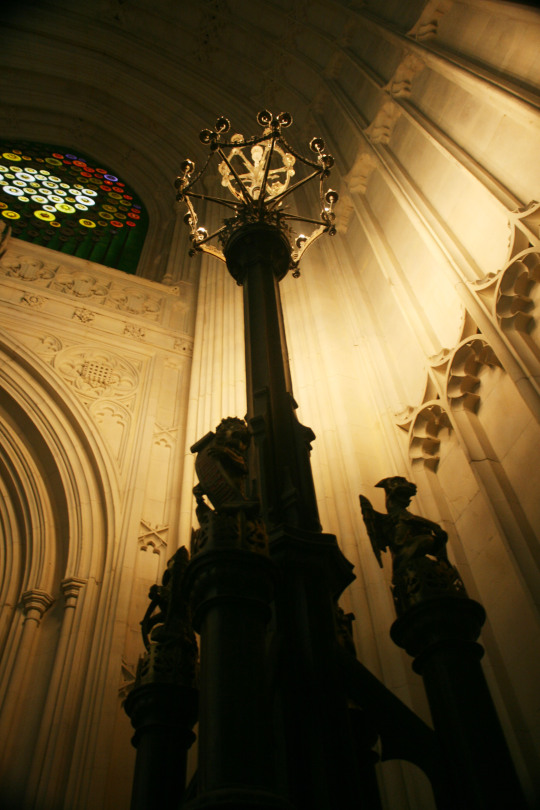

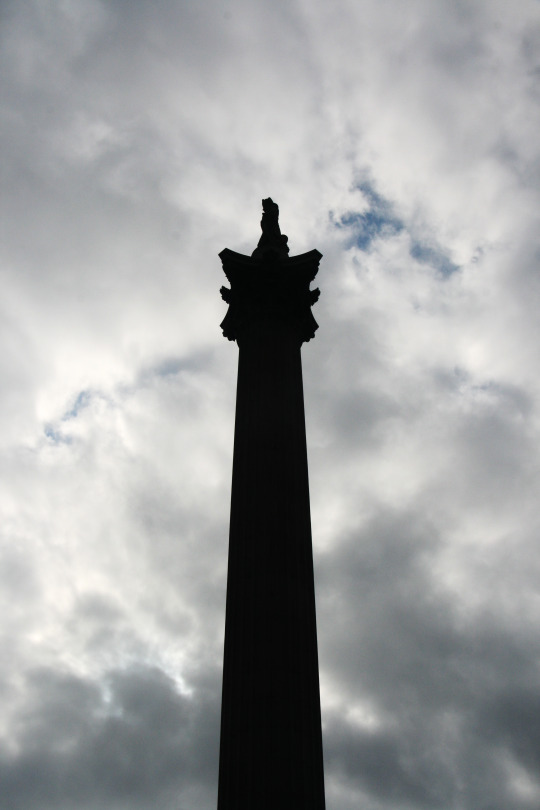


In and around the City of Westminster, Summer 2018
#my photos#london#united kingdom#great britain#houses of parliament#palace of westminster#big ben#nelson's column#trafalgar square#the cenotaph#photography
1 note
·
View note
Photo

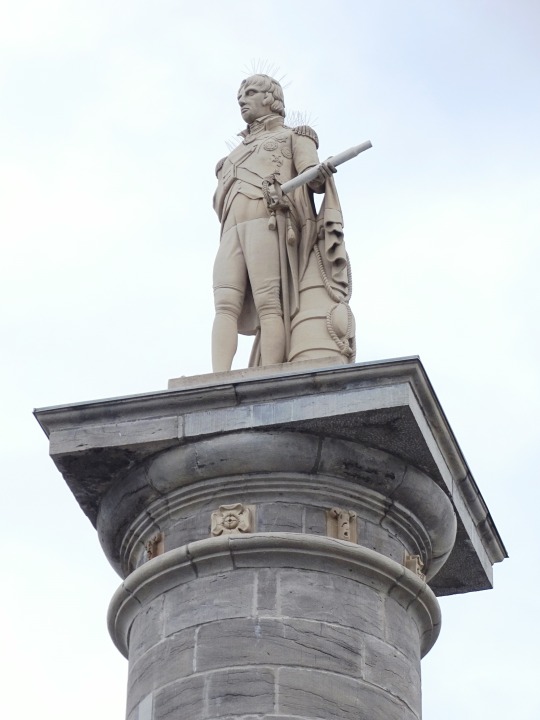
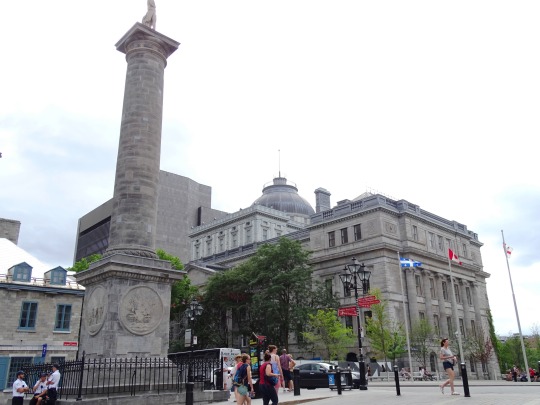
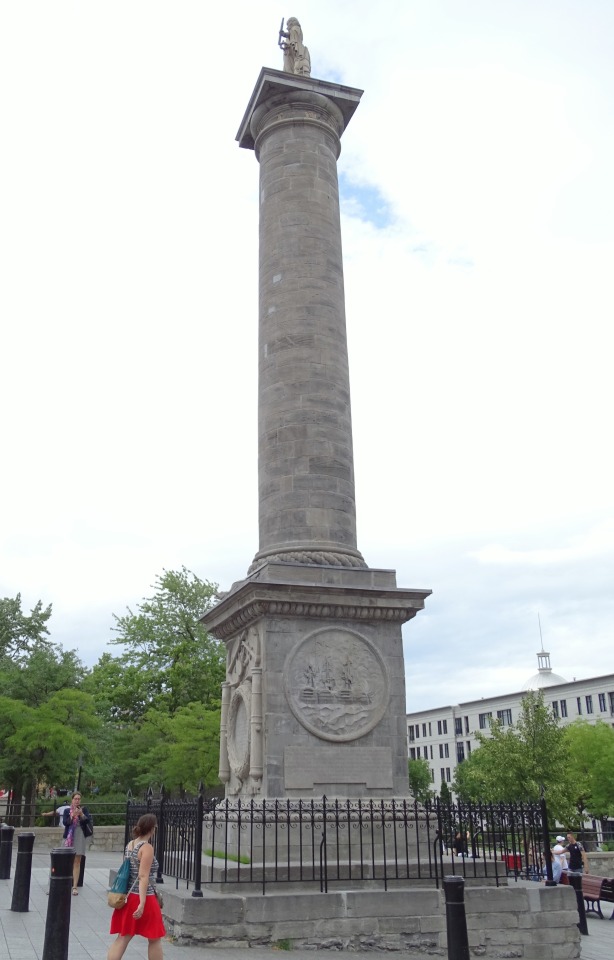
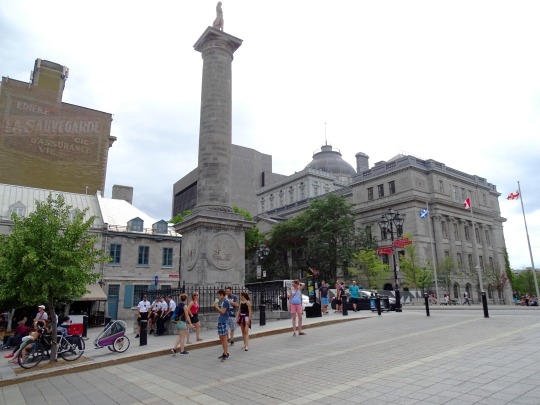

Admiral Horatio Lord Nelson received a state funeral and was interred in St Paul’s Cathedral on January 9, 1806.
#Admiral Horatio Nelson by Robert Mitchell#Admiral Horatio Lord Nelson#travel#state funeral#9 January 1906#anniversary#British history#vacation#Québec#Montréal#Canada#summer 2018#tourist attraction#old town#landmark#architecture#cityscape#public art#sculpture#Nelson's Column#Place Jacques-Cartier#city hall#2015
4 notes
·
View notes
Text
Since today is Trafalgar Day, and also beloved popular weekly event Eighteen-Forties Friday, what better time to celebrate Nelson's Column in Trafalgar Square, which was constructed between 1840 and 1843?
Nelson's monumental statue was displayed for the public in 1843 at ground level before its installation at the top of the column.

The Illustrated London News, November 4, 1843 (Google Books):
The statue of Nelson—the hero of Trafalgar—having been completed, has been for a short space made visible to the public from a nearer point of view than many of them are destined to have of it in future. It has been exhibited on the surface of terra firma, previous to its elevation to the summit of the column, henceforth Nelson's Column, in Trafalgar square—a locality which, were it not for the common-place character of the front of the National Gallery, would become the finest open space in the metropolis.
From the perspective of over 200 years past the Battle of Trafalgar, Nelson's uniform looks dashing and heroic, the stuff of period dramas set in the Age of Sail. But to the Illustrated London News writer, it was all too recent, even in the 1840s:
Those who have seen his "Nelson"—colossal in size—the features true to nature—a portrait in stone, not an idealism of a hero—the costume, that of an English Admiral, "in his habit as he lived," and partaking of the every-day character, which is the great difficulty of all artists, when they have to deal with the costume of the nineteenth century in any shape—a costume which no skill can elevate to dignity, or transform to the graceful — will have received, probably, a mingled impression.
The irony is that this 1840s journalist thinks Nelson's naval uniform is too modern for the heroic treatment, when Nelson was not fashion-forward in his own time period and had an 18th century style in the eyes of his contemporaries. The future William IV, then Prince William, is quoted with his opinions on Nelson's old-fashioned appearance in Amy Miller's book Dressed to Kill:
He appeared to be the merest boy of a captain I ever beheld, and his dress was worthy of notice. He had on a full laced uniform; his lank unpowdered hair was tied in a stiff Hessian tail of extraordinary length; the old-fashioned flaps of his waistcoat added to the general quaintness of his figure, and produced an appearance which particularly attracted my attention, for I had never seen anything like it before, neither could I imagine who it was or what he came about.

#Eighteen-Forties Friday#trafalgar day#horatio nelson#battle of trafalgar#nelson's column#age of sail#naval history#1840s#the illustrated london news#trafalgar square#dressed to kill#naval uniform#william iv#fashion#imagine being from the 1840s and calling nelson tacky
18 notes
·
View notes
